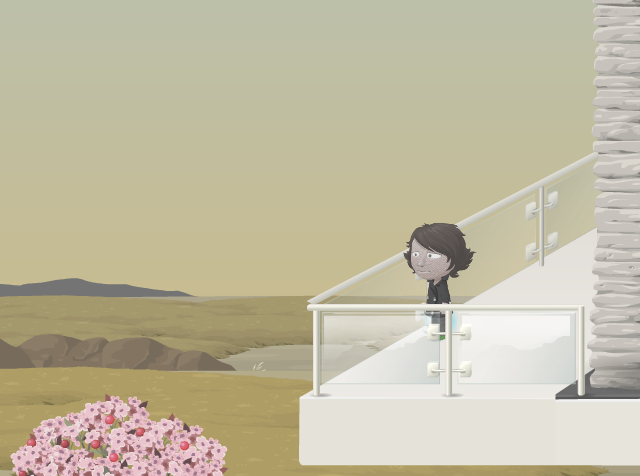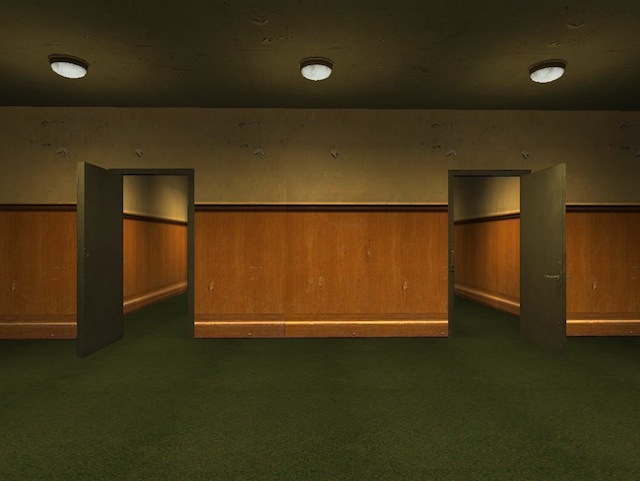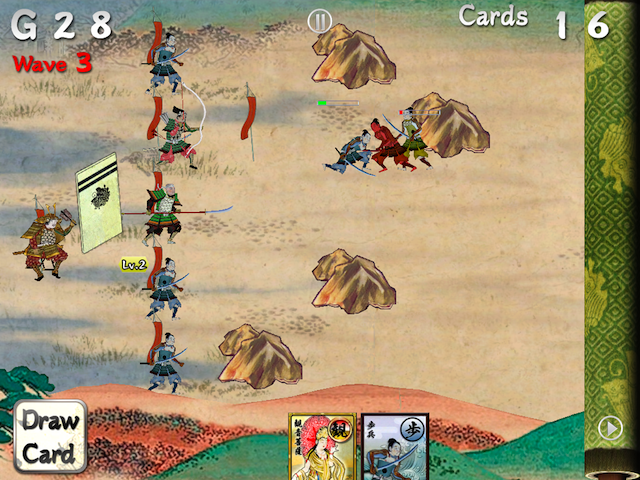I’ve spent a lot of time in 2011 playing games, but not a lot of time writing about them. Instead of my usual end-of-year game recommendations, I’d like to tell some stories or share some thoughts about the ones that meant the most to me this year. I’ll be posting one a day until Christmas. See all Games of 2011 posts.

Since it was announced, Tiny Speck’s Glitch has gone from alpha, to beta, to released, and now back to beta. It is one more wrinkle in one of the oddest, strangest gaming worlds launched this year.
Glitch is, for all intents and purposes, an MMORPG. You start off by creating a small animated avatar, running through a few tutorial areas to learn the controls, and are soon thrust into the world with only a few quests to point you on your way.
Glitch’s greatest blessing and deepest curse is that the game leaves you to your own devices. Yes, you can certainly follow the skill tree, or harvest endless resources in the hopes of farming money. But without a real competitive edge to the game (save the occasional race or Game of Crowns), the populace generally wanders happily in search of whatever floats their boat on a particular day.
I mentioned this being a curse as well: I have seen plenty of Glitches whine loudly in chat that they don’t understand. That they don’t understand why they can’t hit other people. That they want to know what the point is. (The general inability of people to unlock the joys of the world on their own is part of the reason the game has been thrust back into beta.)
So should you be in that group of people who land in the world of Ur without an idea of where to go, here are eight suggestions for ways to find your bearings:
1. Ride the subway, get off at a stop you don’t recognize, and wander around. Ur’s subway runs through most (but not all) regions, and is the quickest way to traverse the map until you learn Teleportation skills later in the game. The subway will let you see the foreign lands and get a feeling for what is where. (Note that you’ll need to get your Card-Carrying Credentials first from the local Bureaucratic Hall.)
2. Participate in a Game of Crowns. Again, there’s not a huge competitive streak in Glitch, but there are a few places to show your stuff, and the Game of Crowns – essentially a game of tag on a special map – is your chance to claim victory over your fellow Glitches.
3. Visit the Ancestral Lands. In the far north are four desert zones – Baqala, Choru, Xalanga, and Zhambu – with a regular looking grid of roads. These are the Ancestral Lands, which will immediately hit you with a Nostalgia buff once you enter. For ten minutes, your goal should be to run as fast as you can along the roads, looking for the blue circular question mark signs that indicate a dust trap. Running over a dust trap will either give you more time, or an item of variable worth. You may eventually have to dodge Juju Bandits trying to steal your stuff. Still, this is a great way to quickly acquire riches.

4. Participate in fending off a Rook attack. As the story goes, Ur is a land formed by the imagination of eleven giants. But on the same plane as the Giants is The Rook, an evil crow-like thing that will attack not only your streets but also your game environment, tearing up the game window if it goes on too long. When the Rook attacks, typically someone will call out in Global Chat with a location. Head there quickly, and help focus your energy and power into driving the Rook out of the street.
5. Go peruse the auctions. While Glitch does have vendors on every street selling items, users wanting to sell things can dig into the auction area, which has practically every item in the game available through it. Sometimes you can find a steal on tools or food; sometimes you can marvel at the degree to which other players may mark up a simple herb.
6. Find a house you like, and buy it. Glitch also has a robust housing economy, and house buying allows you to set your roots down in an area as you see fit. Houses range in prices from 1,500 to 50,000 currants, affording different perks and capabilities depending on the level. Scrap together the money, find an area you love, and grab a home! Hopefully your neighbors will be friendly. (I live in Tonga Trips, in scenic Kajuu.)
7. Take a trip to Hell. As you scrape together the money for that house, you may start to run low on energy. While dying is generally discouraged, it’s worth heading to Glitch’s Hell area at least once. While most players will choose to escape quickly – one leaves by squishing the hell grapes on the ground, leading to the common memorial “Squish in Hell” or SiH – take a look around and you might find a strange area to explore in its own.
8. Get invited to a party (or throw your own). Toy Vendors will happily sell Party Kits, which allow you to create a temporary space full of strange fun. So keep your eyes out for people throwing parties, and ask for an invite – or buy one of your own, and invite everyone in Global to join you.
Glitch is free to play and browser-based. Subscriptions and microtransactions are available for those who want to get a leg up.



